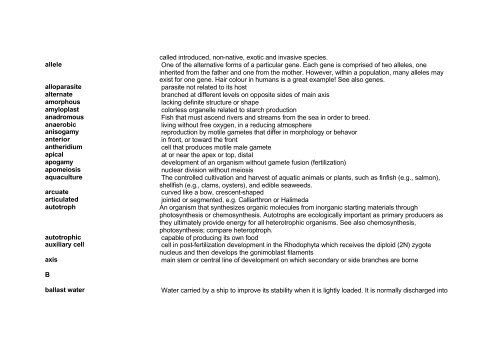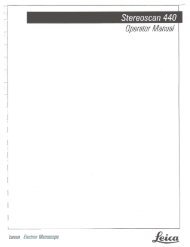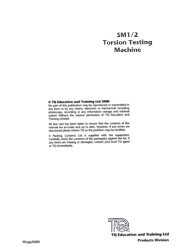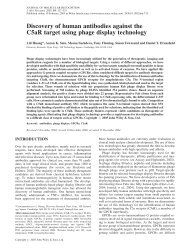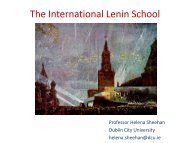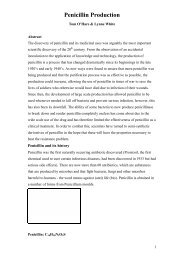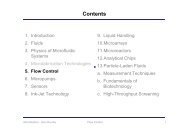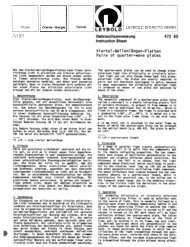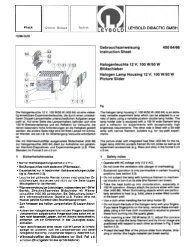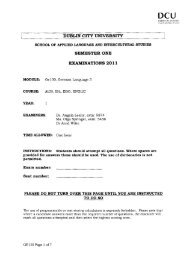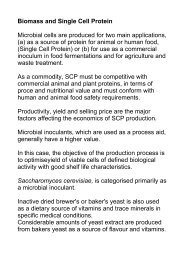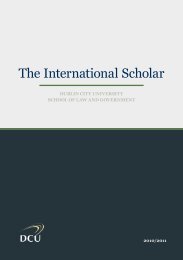Marine Glossary - DCU
Marine Glossary - DCU
Marine Glossary - DCU
Create successful ePaper yourself
Turn your PDF publications into a flip-book with our unique Google optimized e-Paper software.
allele<br />
alloparasite<br />
alternate<br />
amorphous<br />
amyloplast<br />
anadromous<br />
anaerobic<br />
anisogamy<br />
anterior<br />
antheridium<br />
apical<br />
apogamy<br />
apomeiosis<br />
aquaculture<br />
arcuate<br />
articulated<br />
autotroph<br />
autotrophic<br />
auxiliary cell<br />
axis<br />
called introduced, non-native, exotic and invasive species.<br />
One of the alternative forms of a particular gene. Each gene is comprised of two alleles, one<br />
inherited from the father and one from the mother. However, within a population, many alleles may<br />
exist for one gene. Hair colour in humans is a great example! See also genes.<br />
parasite not related to its host<br />
branched at different levels on opposite sides of main axis<br />
lacking definite structure or shape<br />
colorless organelle related to starch production<br />
Fish that must ascend rivers and streams from the sea in order to breed.<br />
living without free oxygen, in a reducing atmosphere<br />
reproduction by motile gametes that differ in morphology or behavor<br />
in front, or toward the front<br />
cell that produces motile male gamete<br />
at or near the apex or top, distal<br />
development of an organism without gamete fusion (fertilization)<br />
nuclear division without meiosis<br />
The controlled cultivation and harvest of aquatic animals or plants, such as finfish (e.g., salmon),<br />
shellfish (e.g., clams, oysters), and edible seaweeds.<br />
curved like a bow, crescent-shaped<br />
jointed or segmented, e.g. Calliarthron or Halimeda<br />
An organism that synthesizes organic molecules from inorganic starting materials through<br />
photosynthesis or chemosynthesis. Autotrophs are ecologically important as primary producers as<br />
they ultimately provide energy for all heterotrophic organisms. See also chemosynthesis,<br />
photosynthesis; compare heteroptroph.<br />
capable of producing its own food<br />
cell in post-fertilization development in the Rhodophyta which receives the diploid (2N) zygote<br />
nucleus and then develops the gonimoblast filaments<br />
main stem or central line of development on which secondary or side branches are borne<br />
B<br />
ballast water<br />
Water carried by a ship to improve its stability when it is lightly loaded. It is normally discharged into


